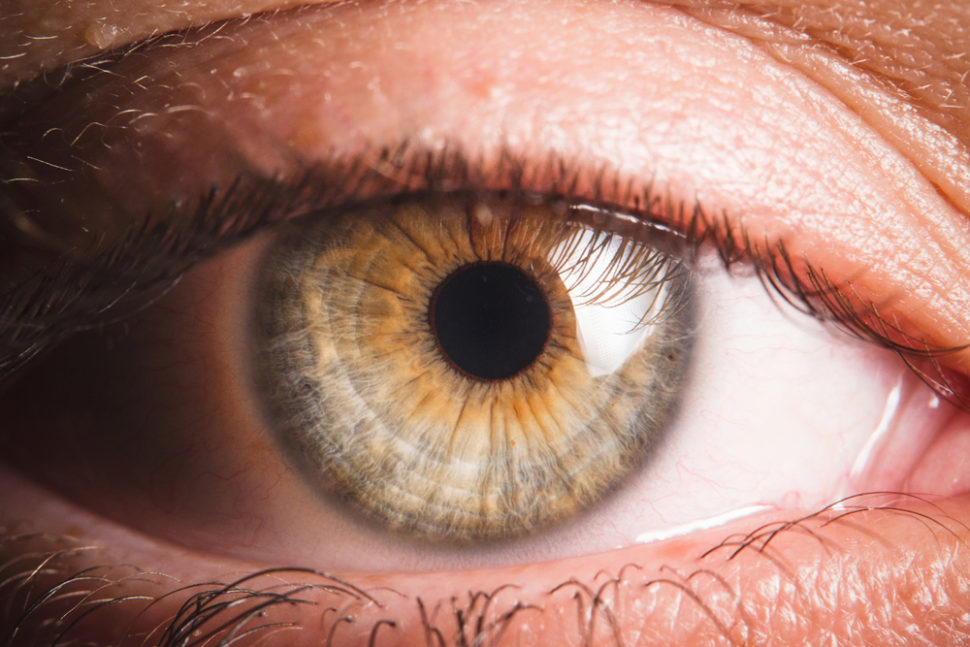In the future, nanobots might drill into your eyeballs to deliver drugs and fight eye disease.
Nanobots are already poised to make many of the conventional medical techniques we’re using today completely obsolete.
By the 2030s, futurist Ray Kurzweil predicts that nanobots will be living seamlessly inside our bodies.
Nanobots have already proven very effective at delivering drugs to treat stomach ulcers.
Scientists have also demonstrated the potential of nanobots at finding and destroying cancerous cells in just 48 hours.
Now, nanobots set their focus on the human eye.
Read More: Nanobots Pair With Magnets for New Healthcare Applications
Nanobots to Tackle Hard-to-Treat Eye Diseases
Nanobots have already shown their ability to move through fluids like blood to reach drug delivery sites. However, they can’t yet penetrate hard tissue.
Drug delivery is even more challenging in the case of the eye’s vitreous humor.
Getting nanobots to swim through the complex tissue of the eye is one of the focus research areas at the Max Planck Institute for Intelligent Systems (MPI-IS).
At MPI-IS’ Micro, Nano and Molecular Systems Lab, researchers have developed what they call micropropellers or nanopropellers. These devices are “specially coated nanometer-sized vehicles that can be actively moved through dense tissue like the vitreous of the eye.”
Glaucoma, retinitis, and diabetic retinopathy are examples of the many retinal diseases that are difficult to treat. The main issue lies in the eye’s vitreous humor that prevents drugs from reaching the target site at the bottom of the retina.

The Challenges of Nanosphere Travel
The image of micromachines propelling themselves through your eye is not an easy one to stomach. However, they’re as non-invasive as they can get.
At a size of just 500 nanometers, these nano-vehicles “fit through the tight molecular matrix of the gel-like substance in the vitreous” by drilling holes “200 times smaller than the diameter of a human hair”.
But it’s not only about the size. The shape of the nanopropellers and their non-stick coating allows them to travel through the eye without damaging the surrounding tissues.
For the crucial slippery coating, researchers took inspiration from insect-eating plants known for their pitfall traps. They “applied a liquid layer found on the carnivorous pitcher plant, which has a slippery surface on the peristome to catch insects. It is like the Teflon coating of a frying pan.”
Researchers can steer the nanopropellers using an external magnetic field. These eye-drilling nanorobots have to cross about 1 cm at about 10 microns per second to reach the targeted site and deliver drugs.
The team tested their nanopropellers using pig’s eyes as samples. They then observed their movement using an imaging technique known as optical coherence tomography (OCT).
If successful, these nanorobots could revolutionize how we treat eye diseases and injuries. They will also make it easier than ever for patients to recover and retain their eyesight.








Comments (0)
Least Recent